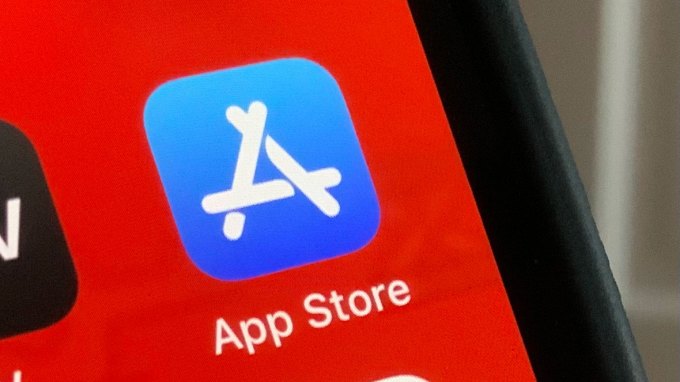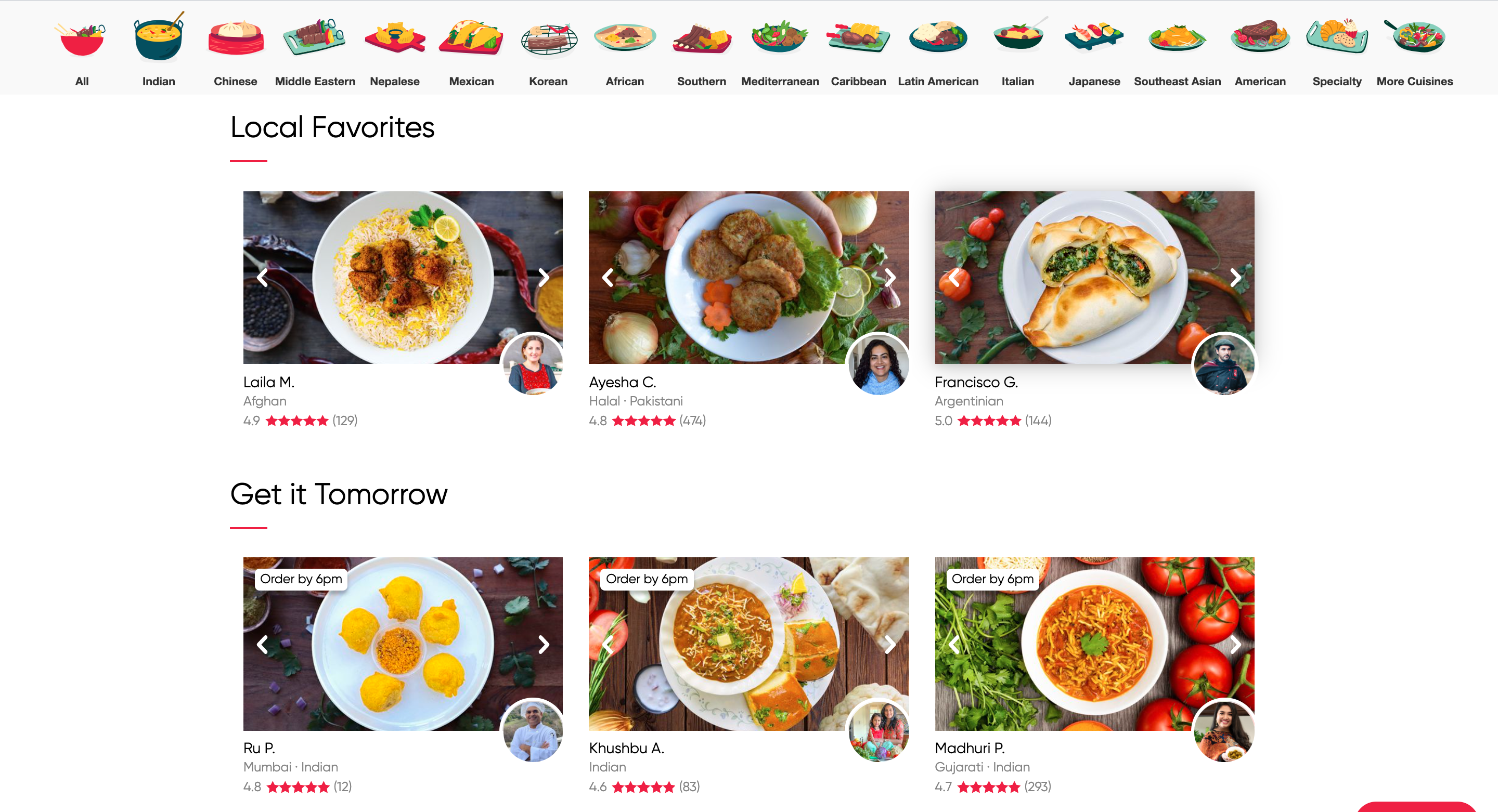- June 2, 2021
- by:
- in: Blog
In its antitrust trial with Epic Games, which has just adjourned, Apple argued it doesn’t evaluate its App Store profit and loss as a standalone business. But today, the company put out new figures that indicate it does have a good understanding of the money that flows through its app marketplace, at the very least.
In its antitrust trial with Epic Games, which has just adjourned, Apple argued it doesn’t evaluate its App Store profit and loss as a standalone business. But today, the company put out new figures that indicate it does have a good understanding of the money that flows through its app marketplace, at the very least. The company has now released an updated version of a study performed by the economists at the Analysis Group, which claims the App Store ecosystem facilitated $643 billion in billings and sales in 2020, up 24% from the $519 billion seen the year prior. The new report focuses on the pandemic impacts to apps and the small business developers the App Store serves, among other things.
It also noted that about 90% of the billings and sales facilitated by the App Store actually took place outside its walls, meaning Apple took no commission on those purchases. This is up from the 85% figure reported last year, and is a figure Apple has been using in antitrust battles to paint a picture of an App Store that facilitates a lot commerce where it doesn’t take a commission.
The study then broke down how the different categories of App Store billings and sales were distributed.
Apple takes a commission on the sales of digital goods and services, which were $86 billion in 2020, or 13% of the total. But another $511 billion came from the sale of physical goods and services through apps — think online shopping, food delivery, ride hailing, etc. — or 80% of the total. These aren’t commissioned. And $46 billion came from in-app advertising, or 7% of the total.
The larger point being made with some of these figures is that, while the dollar amount flowing through apps being commissioned is large, it’s much smaller than most of the business being conducted on the App Store.
The report also noted how much of that business originates from China, which accounted for 47% of total global billings and sales ($300B) versus the U.S.’s 27% ($175+B).

Image Credits: TechCrunch
The study additionally dove into how some App Store categories had been heavily impacted by the pandemic — particularly those apps that helped businesses and schools move online, those that offered ways to shop from your phone, or helped consumers stay entertained and healthy, among other things.
This led to an over 40% increase in billings and sales from apps offering digital goods and services, while sales in the travel and ride hailing sectors decreased by 30%. While the latter may gradually return to pre-pandemic levels, some of the acceleration driven by the pandemic in other categories — like online shopping and grocery delivery — could be here to stay.
To break it down further, general retail grew to $383 billion in 2020, up from $268 billion last year. Food delivery and pickup grew from $31 billion in 2019 to $36 billion in 2021. Grocery shopping jumped from $14 billion to $22 billion. But travel fell from $57 billion in 2019 to $38 billion in 2020, and ride hailing dropped from $40 billion to $26 billion. (None of these categories are commissioned.)
The study then continued with a deep dive into how the App Store aided small businesses.
Highlighting how smaller businesses benefit from a tech giant’s ecosystem is a tactic others have taken to, as well, in order shore up support for their own operations, which have similarly been accused of being monopolies in recent months.
Amazon, for example, raves about the small businesses benefitting from its marketplace and its sales event Prime Day, even as it stands accused of leveraging nonpublic data to compete with those same small business sellers. Facebook, meanwhile, pushed the small business impact angle when Apple’s new privacy protections in iOS 14 allowed customers to opt out of being tracked — and therefore out of Facebook’s personalized ads empire.
In Apple’s case, it’s pointing to the fact that the number of small developers worldwide has grown by 40% since 2015. This group now makes up more than 90% of App Store developers. The study defines this group of “small” developers as those with fewer than 1 million downloads and less than $1 million in earnings across all their apps. It also excludes any developers that never saw more than 1,000 downloads in a year between 2015 and 2020, to ensure the data focuses on businesses, not hobbyists. (This is a slightly different definition than Apple uses for its Small Business Program, we should note.)
Among this group, more than 1 in 5 saw at least an increase in downloads of at least 25% annually since their first full year on the App Store. And 1 in 4 who sold digital goods and services saw an earnings increase of at least 25% annually.
The study also connected being on the App Store with growing a business’s revenue, noting that only 23% of large developers (those with more than $1 million in earnings in 2020) had already earned more than $1 million back in 2015. 42% were active on the App Store in 2015 but hadn’t crossed the $1 million threshold, and another 35% were not even on the App Store — an indication their success has been far more recent.
The research additionally identified over 75 businesses in the U.S. and Europe, where iOS was essential to their business, that went public or were acquired since 2011. Their valuation totaled nearly $500 billion.
Finally, the study examined how apps transact outside their home market, as around 40% of all downloads of apps from small developers came from outside their home countries and nearly 80% were operating in multiple storefronts.

Image Credits: Apple WWDC 2021 imagery
While the antitrust scrutiny may have pushed Apple into to commissioning this type of App Store research last year, it’s interesting to see the company is now updating the data on an annual basis to give the industry a deeper view into the App Store compared with the general developer revenue figure it used to trot out at various events and occasions.
Like last year’s study, the updated research has been released in the days leading up to Apple’s Worldwide Developer Conference. It’s a time of the year when Apple aims to renew its bond with the developer community as it rolls out new software development kits (SDKs), application programming interfaces (API)s, software and other tools — enhancements it wants remid developers are made possible, in part, because of its App Store fees.
Today, Apple notes it has more than 250,000 APIs included in 40 SDKs. At WWDC 2021, it will host hundreds of virtual sessions, 1-on-1 developer labs, and highlight App Store favorites.
“Developers on the App Store prove every day that there is no more innovative, resilient or dynamic marketplace on earth than the app economy,” said Apple CEO Tim Cook, in a statement about the research. “The apps we’ve relied on through the pandemic have been life-changing in so many ways — from groceries delivered to our homes, to teaching tools for parents and educators, to an imaginative and ever-expanding universe of games and entertainment. The result isn’t just incredible apps for users: it’s jobs, it’s opportunity, and it’s untold innovation that will power global economies for many years to come,” he added.






